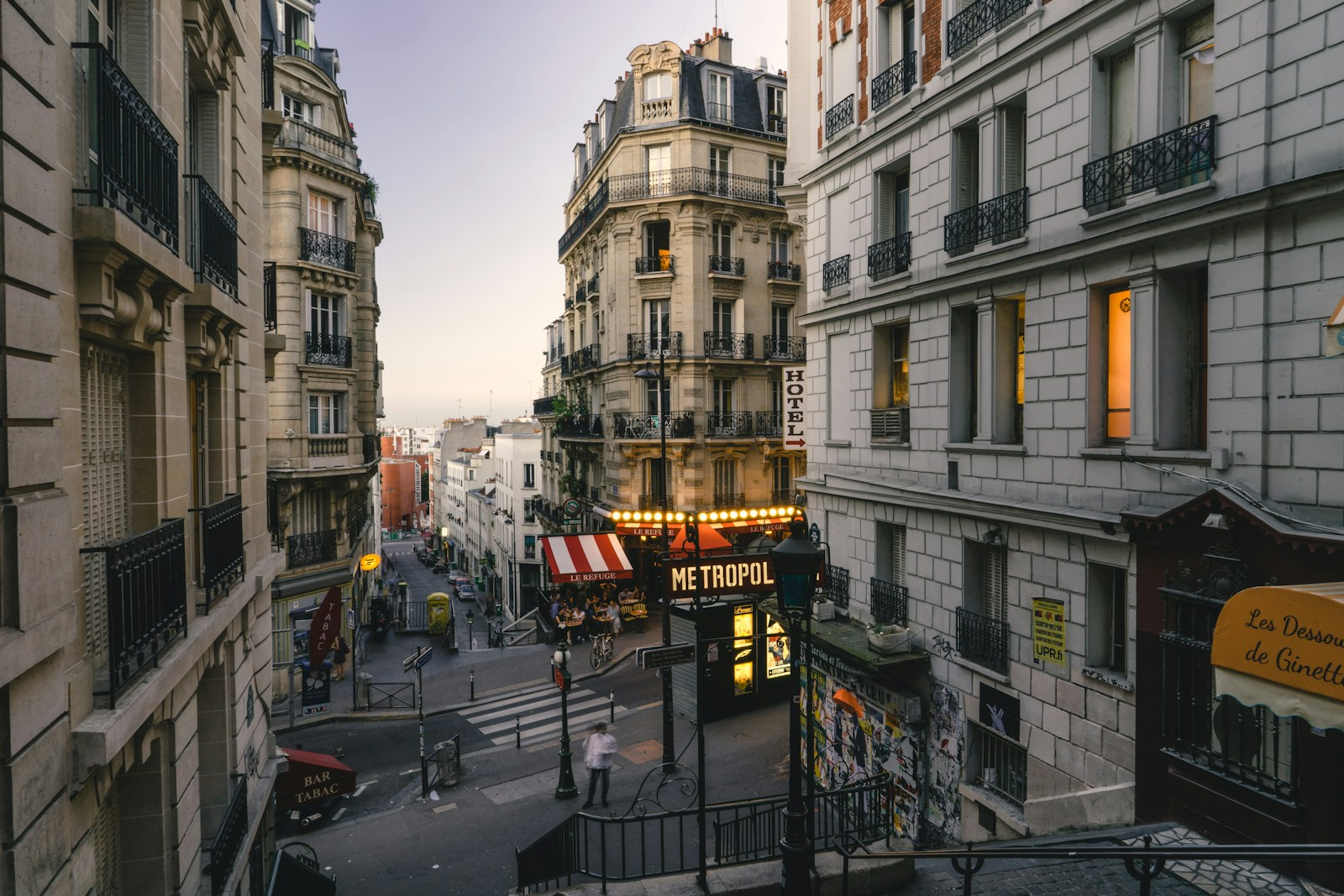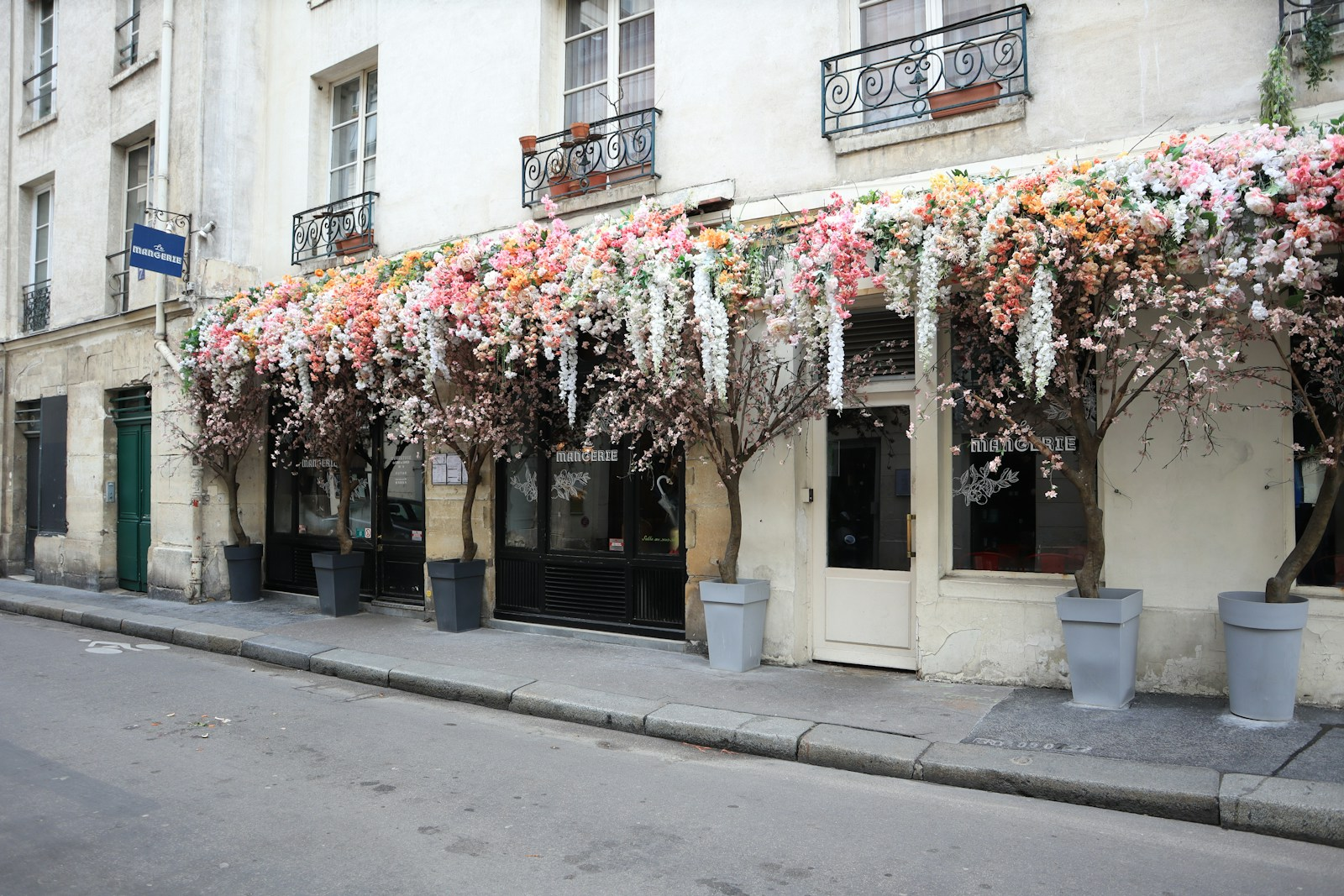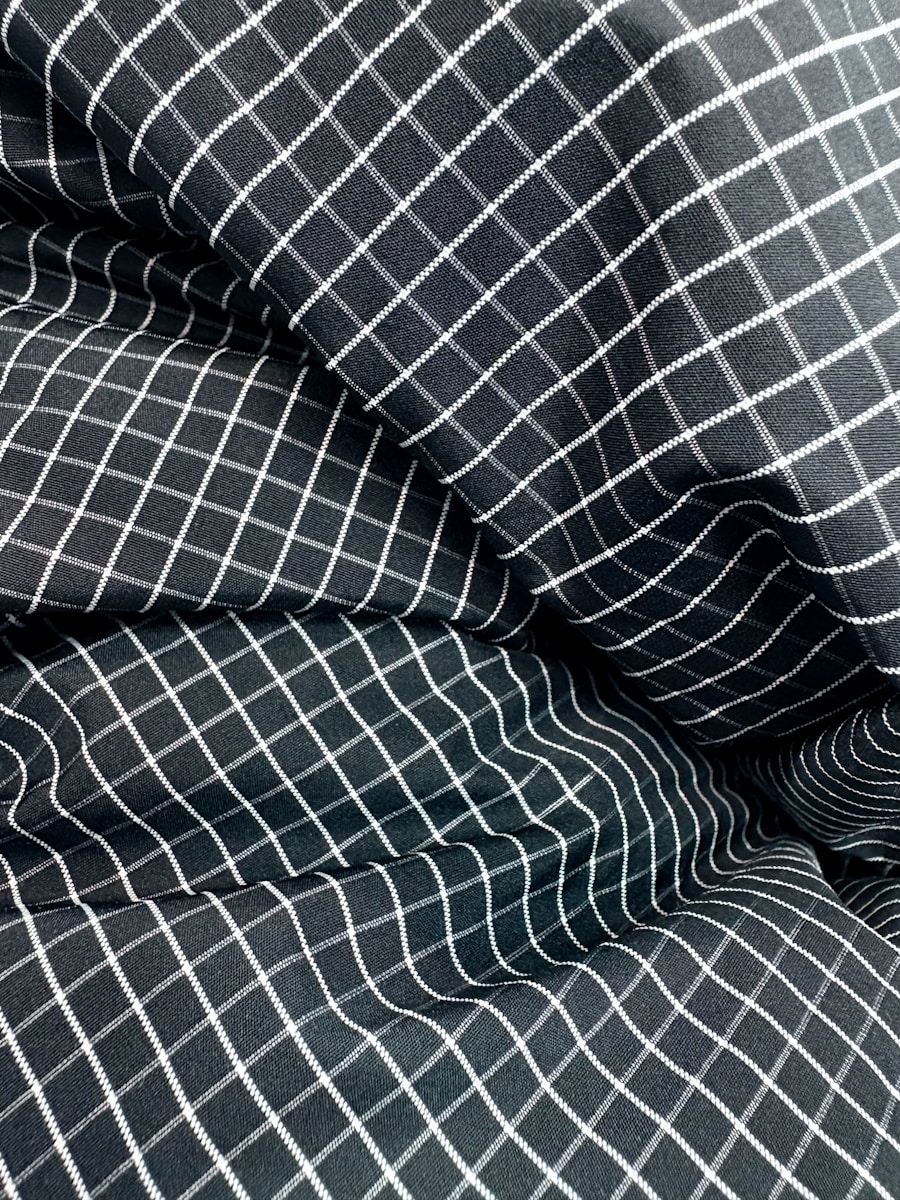Why Streetwear Collaborations Have Shifted Into High Art: The Cultural Evolution
Introduction
The landscape of contemporary culture is witnessing an extraordinary transformation as streetwear collaborations evolve from mere fashion statements into legitimate high art. This shift represents something much more significant than just trendy apparel; it embodies a powerful cultural movement that beautifully blends the boundaries between fashion, art, and social expression.
Pioneering figures including Virgil Abloh, Olaolu Slawn, Keith Haring, Jean-Michel Basquiat, Daniel Arsham, and Kaws have been instrumental in elevating these collaborations into the prestigious realm of high art, fundamentally reshaping perceptions within both the fashion industry and the traditional art world. For forward-thinking enthusiasts, art collectors, cultural creatives, and luxury connoisseurs, understanding this cultural phenomenon provides valuable insight into the future of artistic expression and cultural influence.
The Evolution of Streetwear: From Subculture to Art Movement
The Roots of Streetwear Culture
Streetwear first emerged from the vibrant skateboarding, hip-hop, and urban art communities during the late 20th century. Brands including 10 deep, The Hundreds, Supreme, Off-White, and Nike successfully captured street culture’s raw energy and rebellious spirit, cultivating an international following among Millennials and Gen Z. Initially viewed as countercultural, streetwear’s distinctive bold graphics, exclusive limited-edition releases, and innovative sneaker culture gradually became powerful symbols of individuality and social identity.
The Artistic Connection: Bridging Fashion and Fine Art

Over the past decade, visionary designers such as the late Virgil Abloh, (Off-White)and served as artistic director of Louis Vuitton’s menswear, began infusing streetwear with sophisticated artistic concepts. Abloh’s groundbreaking collaborations with artists including Kaws and Daniel Arsham challenged conventional boundaries, effectively elevating streetwear into a dynamic platform for contemporary art expression.
From Limited Editions to Cultural Artifacts
Today, limited-edition sneaker releases and artist-collaborated apparel have transcended their status as mere fashion drops; they have become valuable collectible art pieces. The powerful combination of scarcity, artistic branding, and cultural relevance has created entirely new markets where coveted streetwear pieces command prices comparable to significant contemporary artworks.
Why Streetwear Collaborations Are Considered High Art Today
Artistic Lineage and Influences
The Legacy of Keith Haring and Jean-Michel Basquiat
The profound influence of pioneering artists like Keith Haring and Jean-Michel Basquiat remains clearly visible in today’s streetwear collaborations. Licensing deals with Uniqluo’s “UT ARCHIVE” Their distinctive bold lines, vibrant color palettes, and thoughtful social commentary resonate deeply with the visual language of modern streetwear graphics, creating a natural and enduring bridge between pop art and urban fashion.
The Impact of Kaws and Daniel Arsham
Contemporary artists like Kaws, whose iconic cartoon-inspired characters and multidisciplinary works have become genuine cultural staples, perfectly embody the seamless integration of fine art aesthetics into streetwear. Similarly, Daniel Arsham’s innovative sculptural works and futuristic motifs consistently inspire apparel and accessory designs that function equally as art objects and fashion statements.
The Role of Virgil Abloh as a Cultural Architect
Virgil Abloh truly revolutionized the industry by strategically positioning himself at the creative intersection of streetwear and high art. His inspired collaborations with Olaolu Slawn, who is renowned for his vibrant and expressive visual language, exemplify how emerging artists have become integral to mainstream fashion projects. Abloh’s transformative approach successfully converted streetwear brands into dynamic platforms for artistic dialogue, making contemporary art more accessible and culturally relevant to broader audiences.
The Artistic Credibility of Kaws and Olaolu Slawn
Kaws’s significant body of work has been exhibited in prestigious museums worldwide, and his collaborations with major brands like Nike and Uniqlo have effectively blurred the traditional lines between commercial design and fine art. Similarly, Olaolu Slawn’s vibrant, boundary-pushing visual artistry has elevated streetwear collaborations into high art realms, frequently drawing creative inspiration from contemporary pop culture and rich African motifs.
The Democratization of Art through Streetwear
Unlike traditional art spaces that often feel exclusive and elitist, streetwear collaborations democratize art by making it accessible to wider audiences through limited-edition drops and wearable art formats. This inclusive approach aligns perfectly with current social and cultural movements that prioritize inclusivity and diversity, principles passionately championed by contemporary artists and visionaries.
The Impact on the Traditional Art World
Galleries and Museums Embrace Streetwear Art
Prestigious institutions including the Museum of Modern Art (MoMA) and the Tate Modern have begun integrating streetwear-inspired exhibitions into their programming, formally recognizing street art and collaborations with artists like Kaws and Keith Haring as legitimate art forms. The growing popularity of pop-up art installations and fashion-inspired galleries further underscores this significant cultural shift.
The Legitimization of Streetwear as Fine Art
Through high-profile collaborations and growing collector interest, streetwear has gained considerable legitimacy within the art community. Limited-edition sneakers and apparel designed by artists like Virgil Abloh and Daniel Arsham now command astronomical prices at auctions, effectively blurring the historical lines between luxury fashion and high art.
The Cultural Significance and Future Trajectory
Contemporary streetwear collaborations powerfully mirror broader societal shifts toward authentic self-expression, environmental sustainability, and cultural diversity. Artists like Olaolu Slawn and Kaws skillfully utilize their platforms to challenge established norms, inspire meaningful dialogue, and foster a global community that celebrates artistic hybridity and creative innovation.
The Future of Streetwear as Art
As digital platforms continue to amplify visibility and collectors increasingly seek innovative investments, the integration of streetwear into the high art canon is poised to deepen significantly. Future collaborations will likely feature more immersive experiences, virtual art elements, and augmented reality components, ensuring that streetwear remains an enduring vessel for creative innovation and cultural expression.
The remarkable metamorphosis of streetwear collaborations into high art signifies a seismic shift in our cultural paradigms. With groundbreaking trailblazers like Virgil Abloh, Olaolu Slawn, Keith Haring, Jean-Michel Basquiat, Daniel Arsham, and Kaws leading this creative charge, the boundary between commercial fashion and fine art has become increasingly porous and interconnected. This evolution successfully democratizes access to artistic expression, challenges traditional institutions, and reflects our broader societal embrace of diversity, innovation, and cultural dialogue.
For fashion enthusiasts, art collectors, and cultural creatives, this phenomenon represents an exciting era where wearable art transcends its origins, fostering a global movement that celebrates creativity in all its diverse forms. As streetwear continues its ascent into the high art domain, it powerfully redefines what it means to create, collect, and experience art in our contemporary 21st century.




